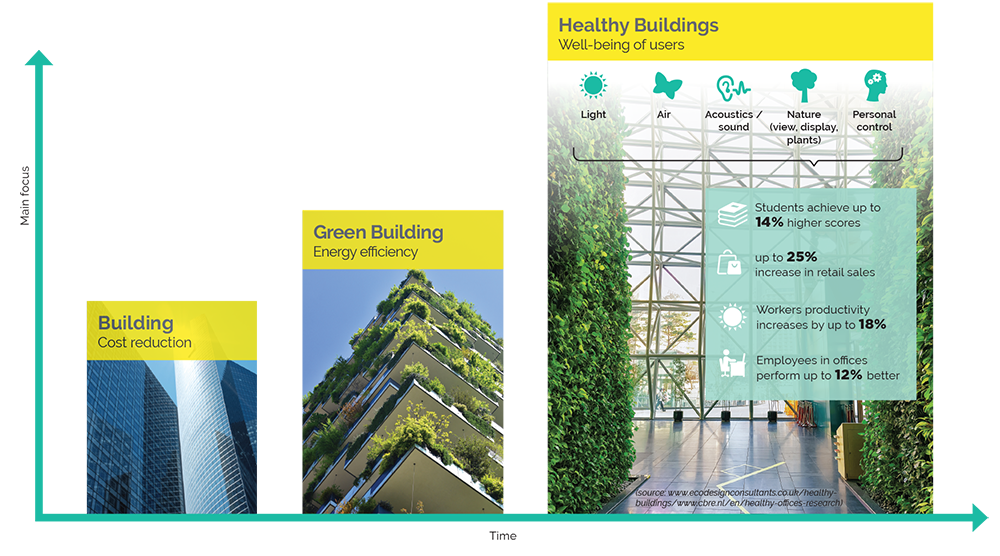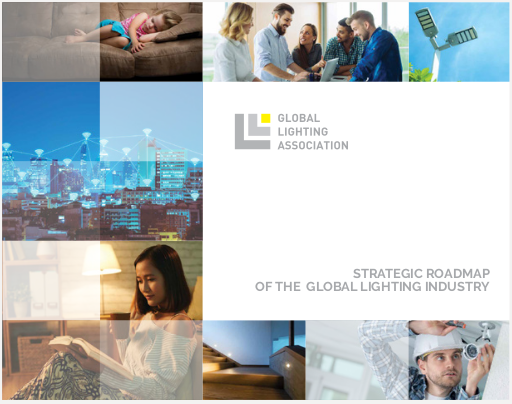The discovery of the 3rd photo-receptor has given rise to the concept of human-centric lighting. We define human-centric lighting as lighting that supports health, well-being and performance by combining visual, biological and emotional benefits of light.
It is important to note that the biological effects of lighting are only triggered at much higher lighting levels than those required for vision. The current indoor lighting levels of 50-500 lux are generally adequate for vision. However they have little, or no, biological effect. To achieve biological effective lighting we need much higher lux levels. The reason is that humans are diurnal animals, and our biology, conditioned over tens of thousands of years, expects us to be in outdoor lighting conditions. Outdoor light levels during daylight hours are orders of magnitude higher than indoors. Even on a cloudy day, the outdoor light level is at least 10 times greater than indoors.
Need for biologically effective lighting in buildings
 |
 |
| Daylight is dynamic from sunrise to sunset | Electric lighting is static from wake-up to go-to-sleep |
 |
On a sunny day people outside receive 100 000 lux |
 |
Indoor in offices people receive 500 lux |
 |
On a cloudy day 10 000 lux |
 |
and in schools only 300 lux |
Lighting needs to be dynamic and tuneable according to use






As we move towards the middle of the 21st Century, the focus of building design is shifting from cost and energy to the well-being of occupants.



